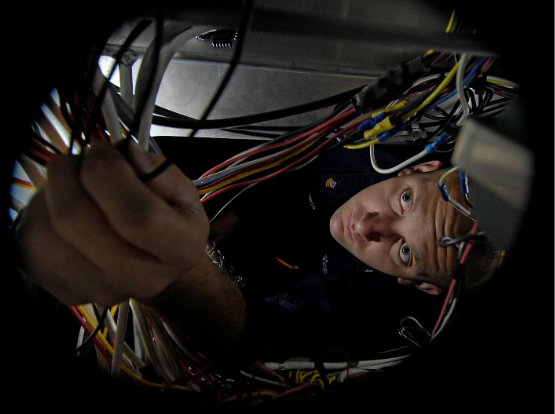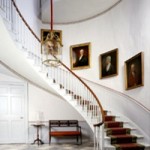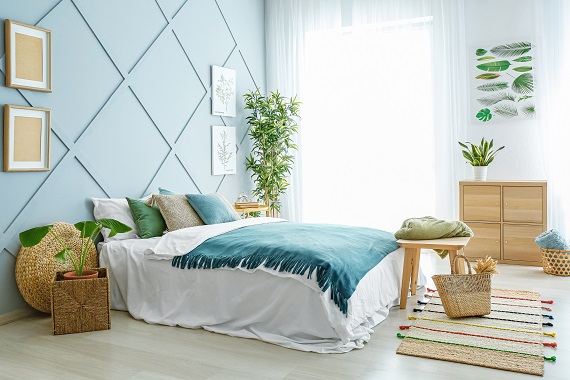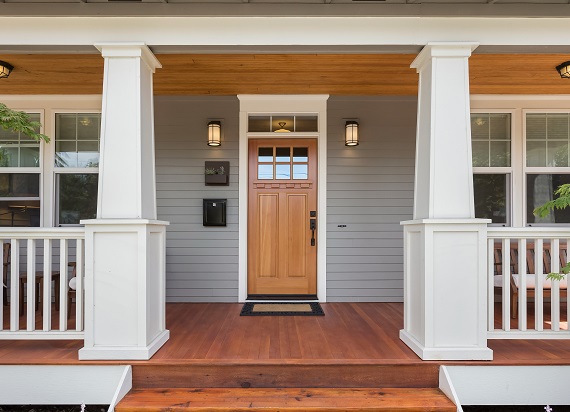Lighting is a powerful tool in architecture, capable of transforming the way a building looks and feels. Strategically placed lights can accentuate the architectural features of your home, enhance its aesthetic appeal, and increase its curb appeal. Here’s how you can use lighting to effectively highlight your home’s architectural features.
Understanding Architectural Lighting
Architectural lighting focuses on enhancing the design and structure of a space. It goes beyond mere illumination to emphasize textures, colors, and forms of a building, creating a visual narrative that can be both functional and dramatic. The key is to use lighting to make the architecture the star of your space.
Planning Your Lighting Strategy
Identify Key Features: Start by identifying the architectural features you want to highlight. This could be columns, unique rooflines, cornices, or intricate detailing. Consider what makes your home unique and worthy of attention.
Use a Combination of Light Types: Integrating various types of lighting, such as ambient, task, and accent lighting, can provide depth and drama. Accent lighting, in particular, is crucial for drawing attention to the architectural features.
Consider the Direction of Light: The direction from which a feature is lit can dramatically alter how it is perceived. Lighting from below can make an object appear larger and more imposing, while backlighting can create a silhouette effect, emphasizing the shape of a feature against the background. You can head to a company like Powerpoint Electrics to ensure you get the right sort of fitting for the effect you want.
Types of Lights to Highlight Architecture
Spotlights: Perfect for creating focused lighting on specific architectural details. Adjustable spotlights can be reoriented as needed, making them versatile options for changing displays.
Wall Washers: These create a smooth, even light that can make textured surfaces pop or bring out the color in building materials. Wall washers are excellent for highlighting wide façade features or interior walls.
Uplighting: Placing lights at ground level and aiming them upward can create dramatic shadows and illuminate architectural elements from a striking angle. Uplighting is particularly effective for lighting the exterior of a home, such as the facade or trees that complement the architecture.
Strip Lighting: LED strips can be used to outline shapes and emphasize linear architectural features. They work well on staircases, under handrails, or along the edges of walls.
Installation Considerations
Quality and Durability: Choose high-quality, durable lighting fixtures that are designed to withstand the elements, especially for outdoor use. Ensure they are appropriate for their intended environment, whether it’s moist, dusty, or exposed to extreme temperatures.
Color Temperature: The color temperature of light bulbs can affect how architectural features are perceived. Warmer lights (2700K-3000K) tend to be flattering for natural materials like wood and stone, while cooler temperatures (3500K and above) can enhance modern, industrial materials like steel or concrete.
Energy Efficiency: Opt for energy-efficient lighting solutions such as LEDs, which not only reduce your energy consumption but also have a longer lifespan, reducing the need for frequent replacements.
Highlighting Techniques
Shadowing: Place lights in a way that casts shadows to add depth and interest to surfaces or shapes. This technique is especially effective in revealing textures and forms.
Silhouetting: Backlighting an architectural feature against a wall can silhouette it, creating a dramatic outline. This is particularly striking in the evening hours.
Layering: Use multiple layers of light at various intensities to create a dynamic and richly illuminated space. This approach allows for flexibility in how the architectural features are presented and can adapt to different times of day or use scenarios.
By carefully considering the placement, type, and quality of lighting, you can enhance the unique architectural features of your home, making it not only more visually appealing but also more enjoyable to live in. Effective lighting design elevates the architecture, transforming your home into a showcase of its best features.








